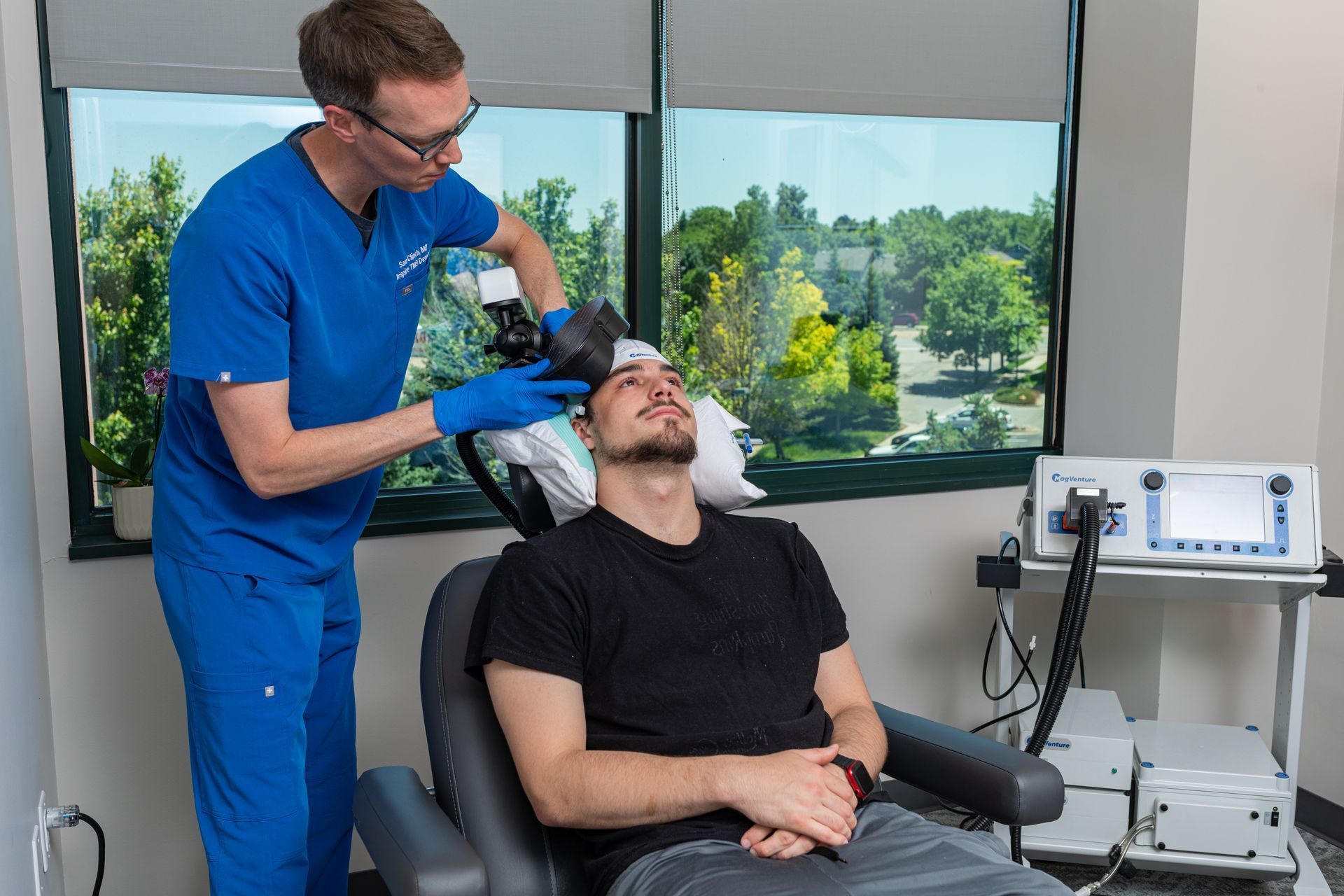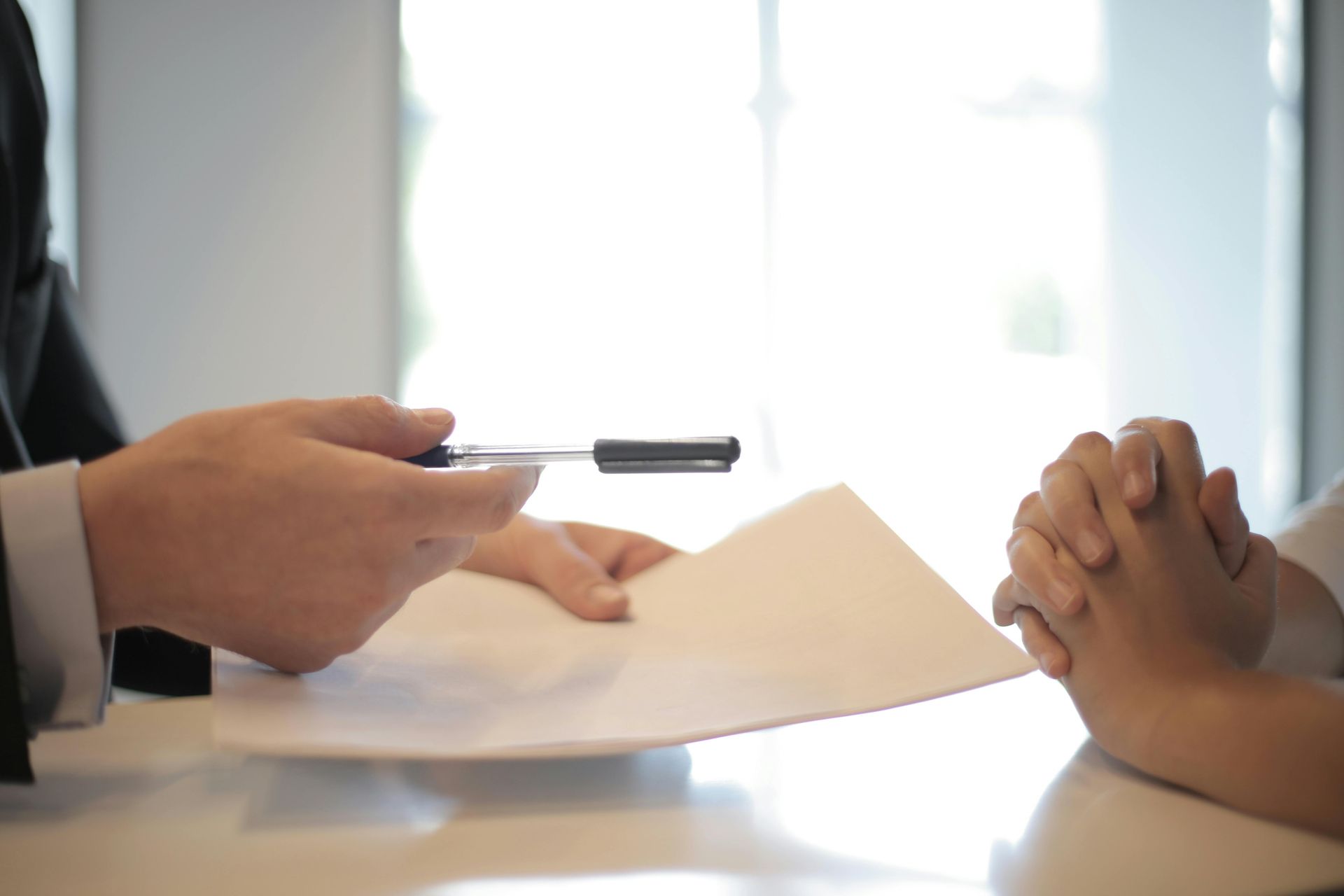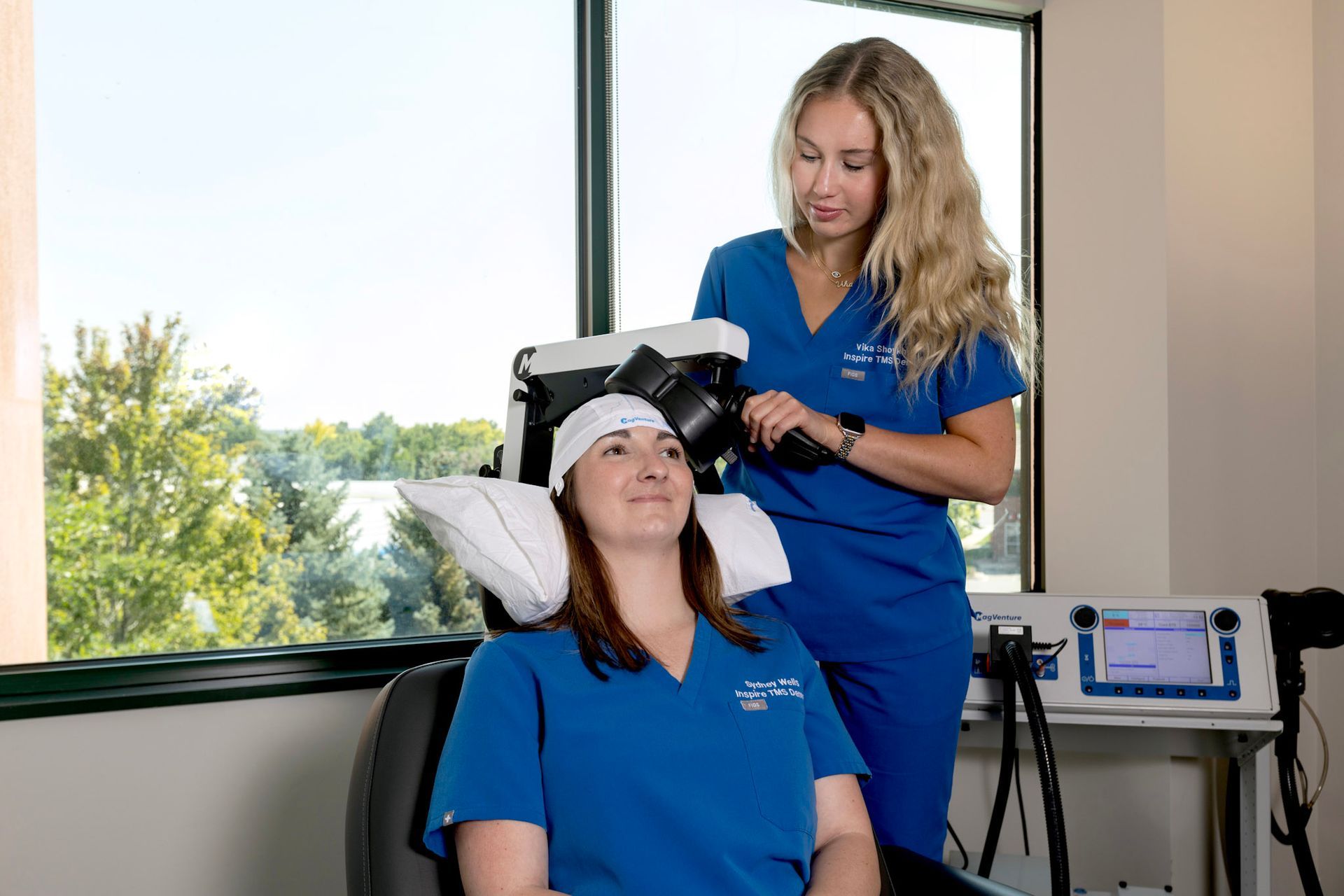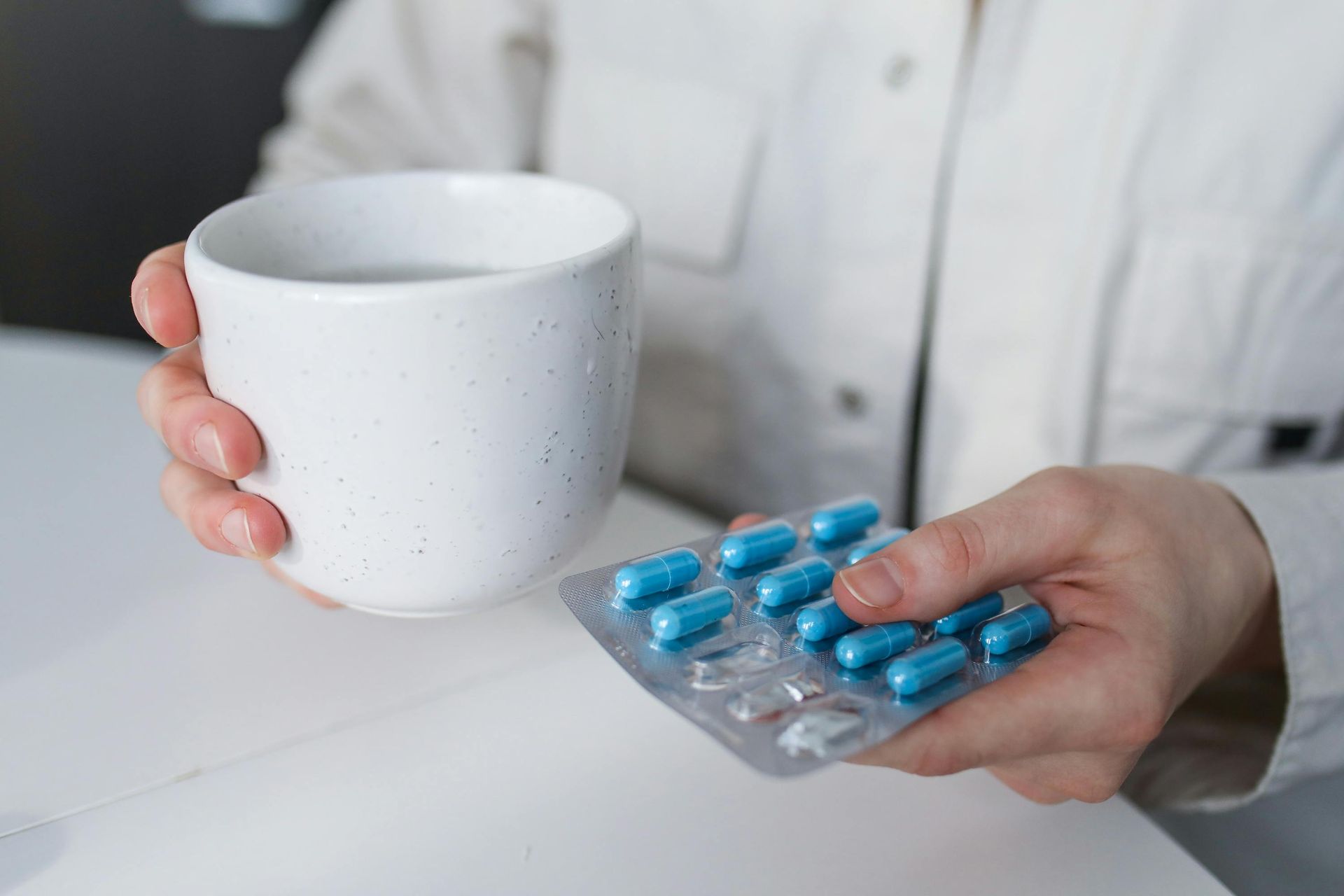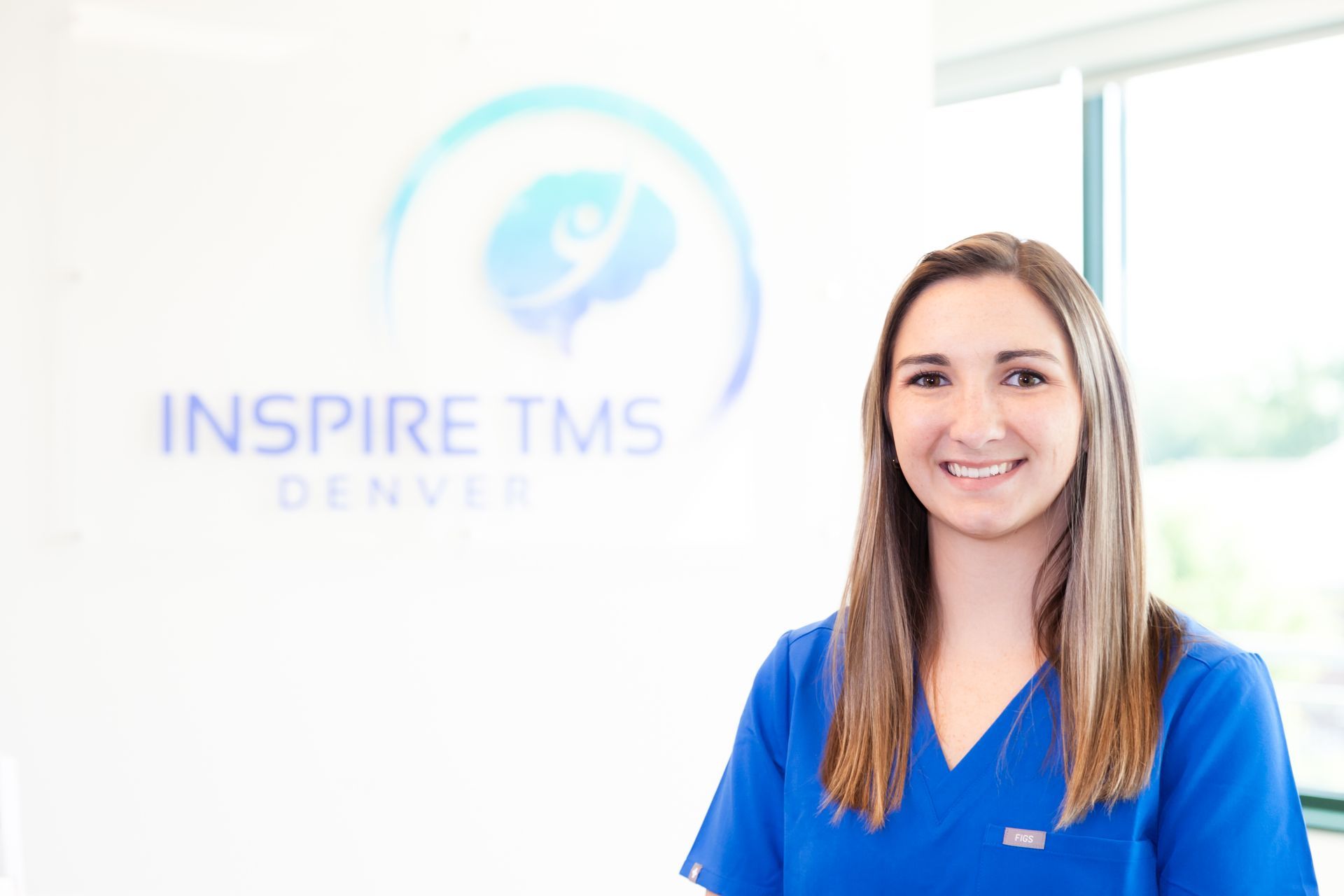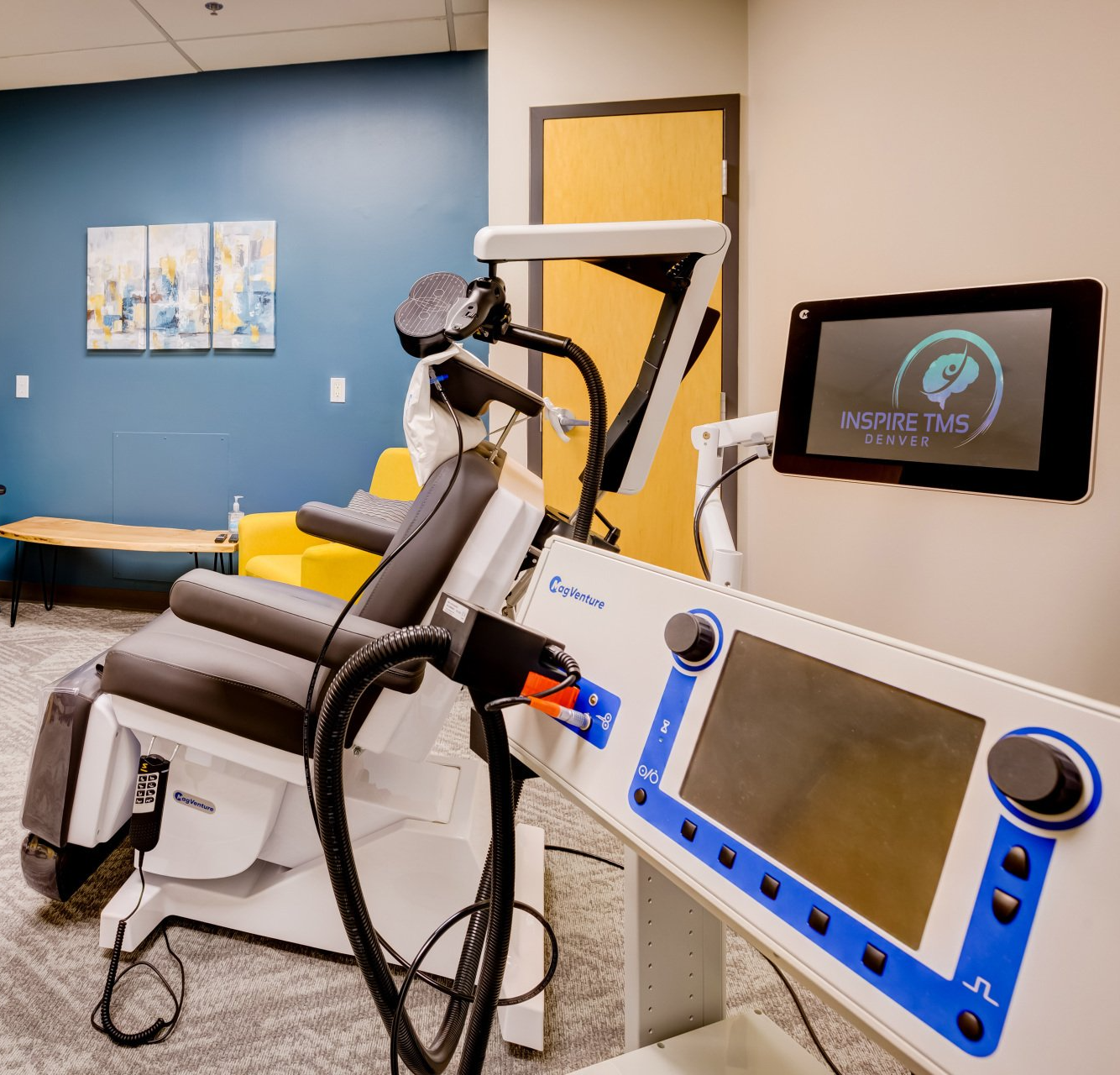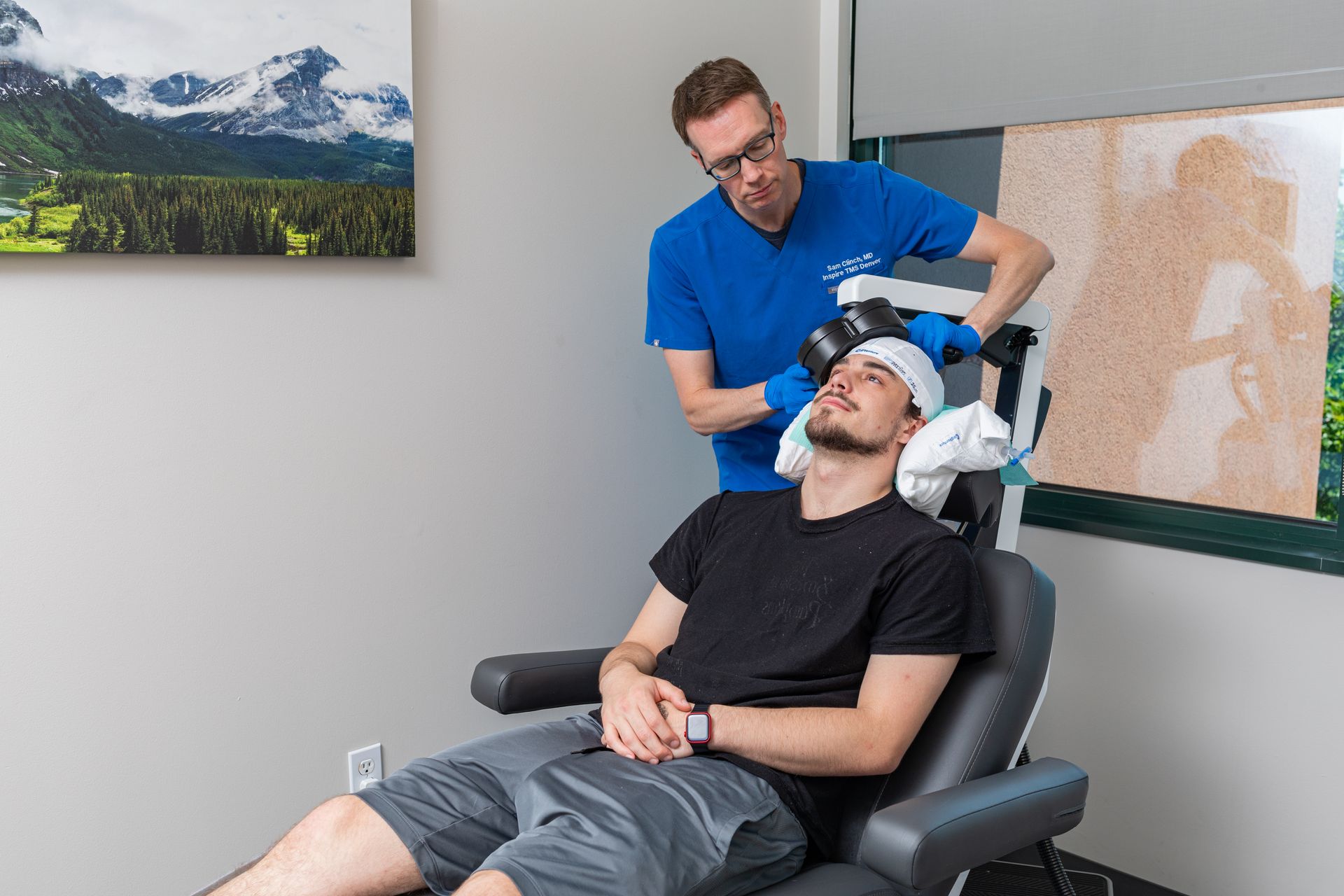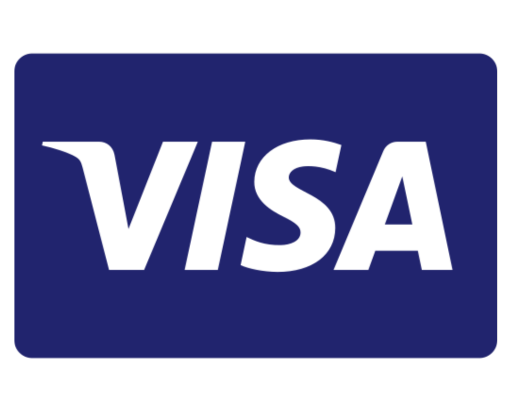TMS for PTSD

As we celebrate our nation’s independence on July 4th, we must also take time to recognize those who fought, and continue to fight, for our freedom, to acknowledge the sacrifices they have made, and oftentimes, the trauma they have endured as a result.
According to the U.S. Department of Veterans Affairs, depending on the service area, anywhere from 11 to 30% of Veterans have suffered or continue to suffer from posttraumatic stress disorder (PTSD) ( https://www.ptsd.va.gov/understand/common/common_veterans.asp). Additionally, a 2020 survey found that 83% of all U.S. veterans as well as active duty service members have experienced PTSD since the 9/11 attack, as a result of their military service ( https://www.cumberlandheights.org/blogs/ptsd-statistics-veterans/ ).
While PTSD is most often associated with war veterans, especially those who have experienced combat, it can develop in anyone who has been exposed to a traumatic event, both directly and indirectly. The National Center for PTSD (part of the U.S. Department of Veterans Affairs) estimates that between 7 and 8% of the U.S. population will experience PTSD at some point in their lifetime, and around 8 million adults are suffering from PTSD in a given year ( How Common is PTSD in Adults? - PTSD: National Center for PTSD (va.gov) ).
The most common forms of treatment for PTSD, like many other mental health conditions, are medications and psychotherapy. However, what options are available for patients who do not respond to these prevailing forms of treatment? A recent meta-analysis showed that less than half of patients receiving trauma focused therapy achieved a meaningful response to treatment, some two-thirds of patients failed to achieve remission, and one-third dropped out of treatment. And the effect size for medications was even less than for therapy (Transcranial magnetic stimulation for post-traumatic stress disorder (nih.gov)). Other treatment methods primarily include electroconvulsive therapy (ECT), with some developing investigation into substances such as ketamine, or esketamine, and psilocybin for the treatment of PTSD. Nevertheless, these courses of therapy often carry significant risks or side effects. ECT involves risks associated with anesthesia as well as short-term memory impairments, and substances like ketamine and psilocybin raise concerns about abuse potential and long-term effectiveness.
All hope is not lost, however. While often overlooked and underutilized, repetitive transcranial magnetic stimulation, or rTMS, is proving to be a revolutionary treatment modality for many psychiatric disorders, including PTSD. Initially FDA approved for the treatment of pharmacoresistant major depressive disorder (MDD), TMS is an evidence-based treatment that holds minimal safety risks and involves no systemic side effects. Research regarding TMS therapy is ongoing, and now has been shown to be effective not only in the treatment of MDD, but also for anxiety, obsessive-compulsive disorder, smoking cessation, bipolar depression, and PTSD.
Numerous studies have shown TMS to be an effective treatment option for PTSD when medications and therapy have not worked. In 2021, the VA implemented a nationwide study to evaluate clinical outcomes in veterans being treated with TMS . While the primary inclusion criteria for this study was MDD, around 68% of the patients in this study also suffered from comorbid PTSD, and both MDD and PTSD responses were measured. Of the 340 veterans who received an adequate dose of TMS, 41.4% showed response and 20% showed remission related to MDD. Additionally, in veterans with comorbid PTSD, 65.3% showed response and 46.1% no longer met threshold criteria after receiving an adequate dose of TMS ( https://www.sciencedirect.com/science/article/pii/S0165032721011022 ).
Different protocols have been utilized in an attempt to treat the core symptoms of PTSD, but most, similar to depression treatment, also target an area of the brain called the dorsolateral prefrontal cortex. Some studies have utilized as few as 10 treatments in two weeks and found this to be beneficial, but more sessions and more pulses per session tended to show greater improvement in symptoms. Longer term response data is more limited, but points to at least 2-3 months of sustained response following treatment and a more recent paper has found benefit with TMS up to 1 year post treatment (One-year clinical outcomes following theta burst stimulation for post-traumatic stress disorder (nih.gov) ).
For more details regarding further studies and results of TMS for PTSD, head to our page all about TMS for PTSD . If you or someone you know is struggling with PTSD and haven’t seen results from traditional forms of treatment, like medications or therapy, TMS may be the right choice. Set up a free phone consultation with our doctor to find out more about how TMS can treat PTSD.
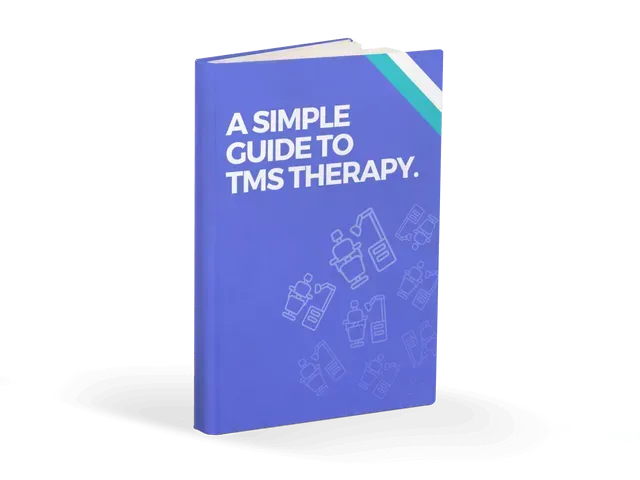
Every Question Answered
Want to know more about TMS? Check out this in-depth guide to TMS therapy with transparent and easy to understand explanations about TMS processes, protocols, and treated conditions.
Latest Posts
